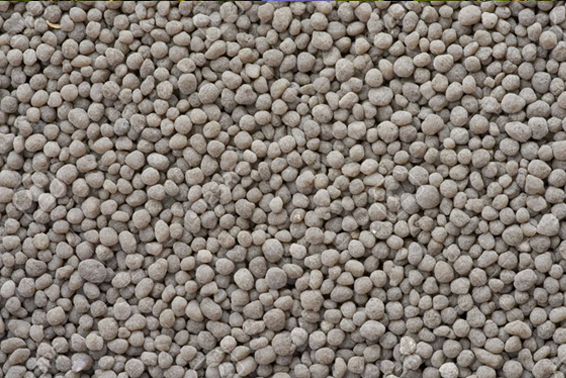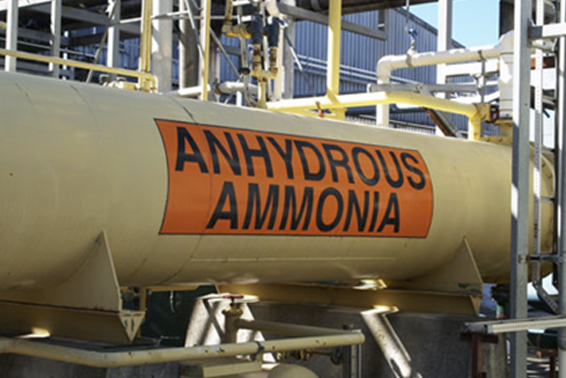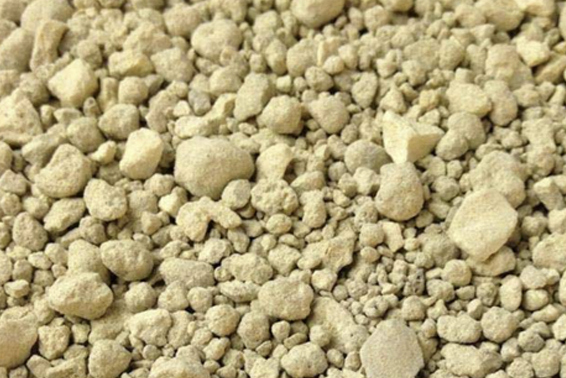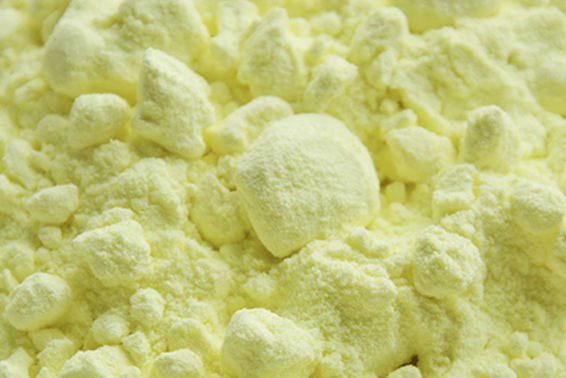Our Products

Urea
Urea is a highly soluble and readily available source of nitrogen (N), which is an essential nutrient for plant growth. Urea is a white, crystalline solid that is widely used as a fertilizer in agriculture to enhance crop yields and improve the quality of fruits and vegetables. Because of its high solubility, urea can be easily transported in water and quickly taken up by plants, making it an ideal choice for crop production in many regions of the world.
In addition to its use as a fertilizer, urea has several other applications, including use as an animal feed supplement, as a component in some industrial processes, and as a component in some cosmetic and personal care products. Urea is also a key component in the nitrogen cycle, which is the series of processes by which nitrogen is transformed from one form to another in the environment.
The global urea market is projected to grow from $129.52 billion in 2022 to $150.61 billion by 2029, at a CAGR of 2.2% in the forecast period, 2022-2029. The demand for urea was driven by its widespread use as a fertilizer in agriculture to enhance crop yields and improve the quality of crops. The increasing demand for food due to the growing global population and the need for more efficient agriculture practices has resulted in higher demand for urea.
The Asia-Pacific region is the largest market for urea, driven by large and growing populations in countries such as China and India, as well as increasing agricultural production in the region. Other regions such as North America, Europe, and Latin America also have significant demand for urea due to their growing agricultural industries and food production.

DAP - Di Ammonia Phosphate
Diammonium Phosphate (DAP) is a widely used fertilizer with the chemical formula (NH4)2HPO4. It is a highly soluble source of both nitrogen and phosphorus, two essential nutrients for plant growth. DAP is commonly used in agriculture to enhance crop yields, improve the quality of fruits and vegetables, and support the growth of plants in greenhouses and nurseries. The high solubility of DAP makes it an ideal choice for hydroponic and aeroponic growing systems, where plants are grown in nutrient-rich solutions rather than soil.

Ammonia
Anhydrous ammonia is a colorless, pungent gas that is used as a fertilizer in agriculture to provide nitrogen to crops. It is also used in the manufacture of a wide range of chemicals, including plastics, textiles, and synthetic fibers.
Anhydrous ammonia is stored and transported as a liquid under high pressure, and it must be handled with care due to its toxicity. Inhalation of anhydrous ammonia can cause serious harm to the respiratory system and can be fatal if proper safety measures are not followed.
In agriculture, anhydrous ammonia is applied to fields as a fertilizer, where it is converted into ammonium ions that can be taken up by crops. Anhydrous ammonia is a highly efficient source of nitrogen, and its use has been instrumental in increasing crop yields and improving the quality of crops in many regions of the world. The Asia-Pacific region is the largest market for anhydrous ammonia, driven by the high demand for food in countries such as China and India, and the growth of the chemical manufacturing industry in the region. Other regions such as North America, Europe, and Latin America also had significant demand for anhydrous ammonia due to growing agriculture industries and chemical production.

Rock Phosphates
Rock phosphates are sedimentary rocks that contain high levels of the mineral phosphate, which is an important nutrient for plant growth. Rock phosphates are used as a fertilizer in agriculture to provide crops with the phosphorus that they need for healthy growth and development.
Rock phosphates are found in many parts of the world, including North Africa, the Middle East, and Russia, and they are mined for their phosphate content. The extracted rock is crushed and processed to produce a range of fertilizers, including single superphosphate, triple superphosphate, and diammonium phosphate (DAP). In agriculture, rock phosphates are applied to fields to provide crops with the phosphorus they need to grow, and they are often used in conjunction with other fertilizers, such as nitrogen and potassium fertilizers, to provide a complete range of nutrients.

Sulphur
Sulphur is an essential nutrient for plants and is required for the synthesis of proteins, vitamins, and enzymes. In agriculture, sulfur is typically applied to fields as a fertilizer to provide crops with the sulfur they need for healthy growth and development.
Sulphur -containing fertilizers are commonly used in conjunction with nitrogen and phosphorus fertilizers to provide crops with a complete range of essential nutrients. Some of the most common sulphur -containing fertilizers include ammonium sulfate, elemental sulfur, and potassium sulfate.
Ammonium sulfate is a common fertilizer that provides both nitrogen and sulphur to crops. Elemental sulphur is a yellow powder that is applied to fields, where it is converted into sulphate by soil bacteria. Potassium sulphate is a fertilizer that provides both potassium and sulphate to crops, and it is often used in situations where crops are sensitive to high levels of chloride, which is found in many other types of fertilizers.
In addition to their use as fertilizers, sulfur-containing compounds are also used in the production of a wide range of chemicals, including sulphuric acid and sulfates, which are used in the manufacture of fertilizers, detergents, and many other products.

Spices
Spice is a seed, fruit, root, bark, or other plant substance primarily used for flavoring or coloring food. A spice may be available in several forms: fresh, whole-dried, or pre-ground dried. Generally, spices are dried. Spices may be ground into a powder. A whole dried spice has the longest shelf life, so it can be purchased and stored in larger amounts, making it cheaper on a per-serving basis. A fresh spice, such as ginger, is usually more flavorful than its dried form, but fresh spices are more expensive and have a much shorter shelf life. Some spices are not always available either fresh or whole, for example, turmeric, and often must be purchased in ground form. Small seeds, such as fennel and mustard seeds, are often used both whole and in powder form.
The global market size for spices is difficult to quantify, as the market is fragmented and consists of many different types of spices, each with its own supply chain and market dynamics. However, the market for spices is estimated to be worth several billion dollars and is expected to continue to grow in the coming years, driven by factors such as the increasing popularity of ethnic cuisines and the growing demand for natural and healthy food ingredients.
The largest producers and exporters of spices include India, China, Indonesia, and Vietnam, with India being the largest producer and exporter of spices globally. The demand for spices is high in developed countries, such as the United States and Europe, as well as in developing countries, such as China and India, where the growing middle class is driving an increase in demand for spices.
In recent years, the market for organic and specialty spices has also been growing, driven by consumer demand for high-quality, natural, and sustainable food ingredients. The increasing popularity of health and wellness trends has also boosted the demand for spices, as consumers seek out ingredients that are believed to have health benefits.

Sugar
Sugar is a sweet, crystalline substance that is derived from sugar cane or sugar beets and is used as a sweetener in a wide range of food and beverage products. It is composed of glucose and fructose and is a major source of carbohydrates in the human diet. Sugar is widely used in the food industry as a sweetener, preservative, and flavoring agent. It is added to many processed foods and beverages, such as soft drinks, baked goods, candy, and ice cream.
The global industrial sugar market size was USD 37.62 billion in 2021.

Rice
Rice is a staple food crop that is grown and consumed in many parts of the world, particularly in Asia where it is a dietary staple for a large portion of the population. Rice is a cereal grain that is grown in flooded fields, which allows it to absorb water and nutrients from the soil. There are many different varieties of rice, each with its own unique characteristics, such as grain shape, size, color, and cooking properties.
Rice is a highly versatile crop that can be consumed in a variety of ways, including boiled, steamed, fried, or used as an ingredient in dishes such as soups, stews, and casseroles. It is a good source of carbohydrates and provides a range of essential vitamins and minerals, including thiamin, niacin, and iron.
In addition to its role as a food crop, rice also has important cultural and economic significance in many parts of the world. Rice is a major export crop for many countries, and the production and trade of rice contribute significantly to local and global economies.
As of 2022, the global rice market size was valued at USD 292.39 billion and is projected to expand at a compound annual growth rate (CAGR) of 2.2% from 2022 to 2028. The expanding food and restaurant sector worldwide is expected to promote market growth in the coming years.